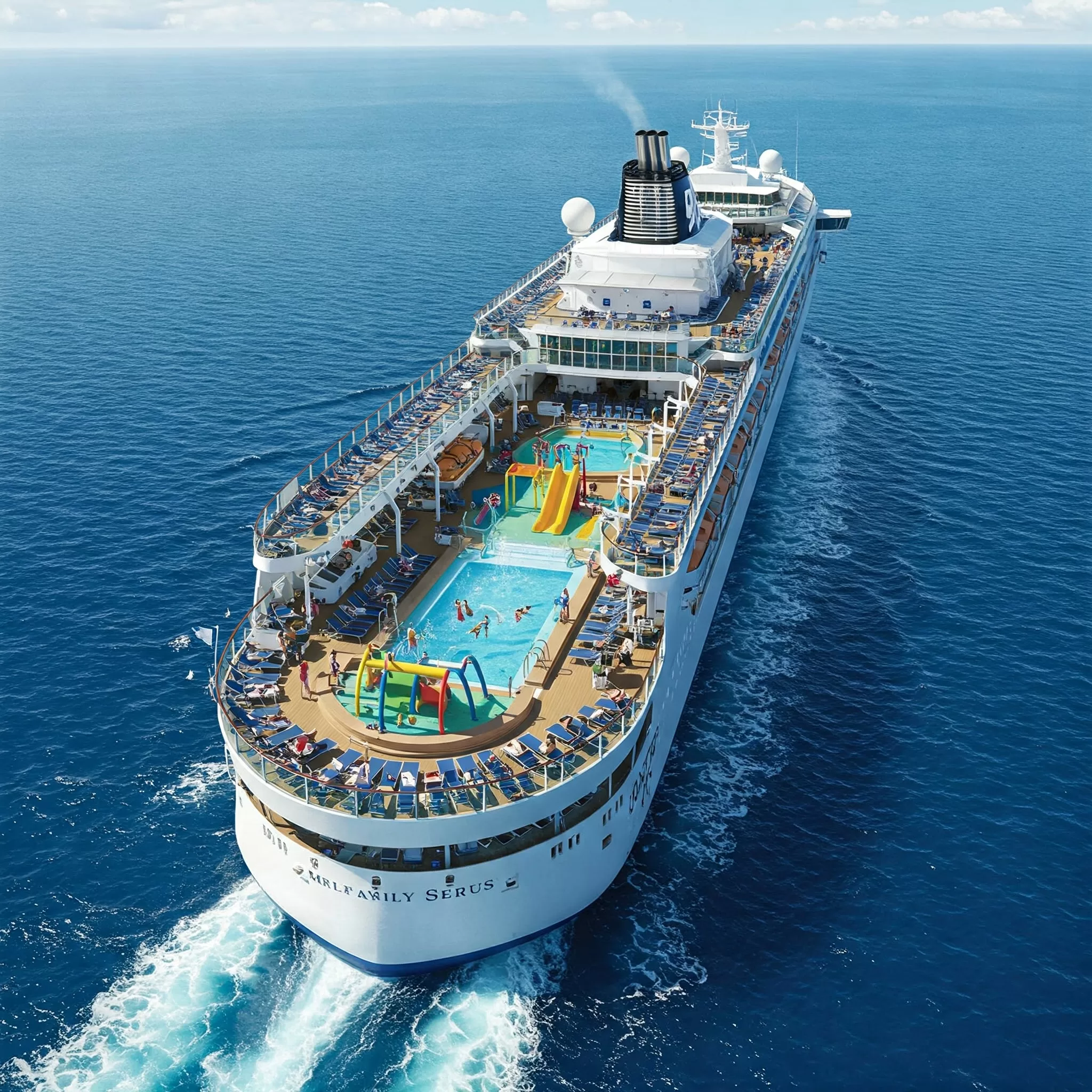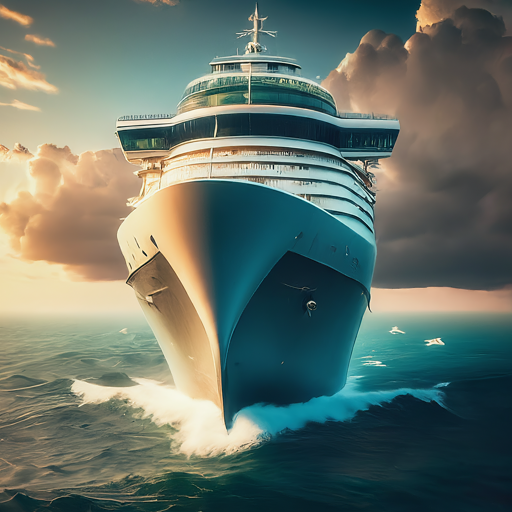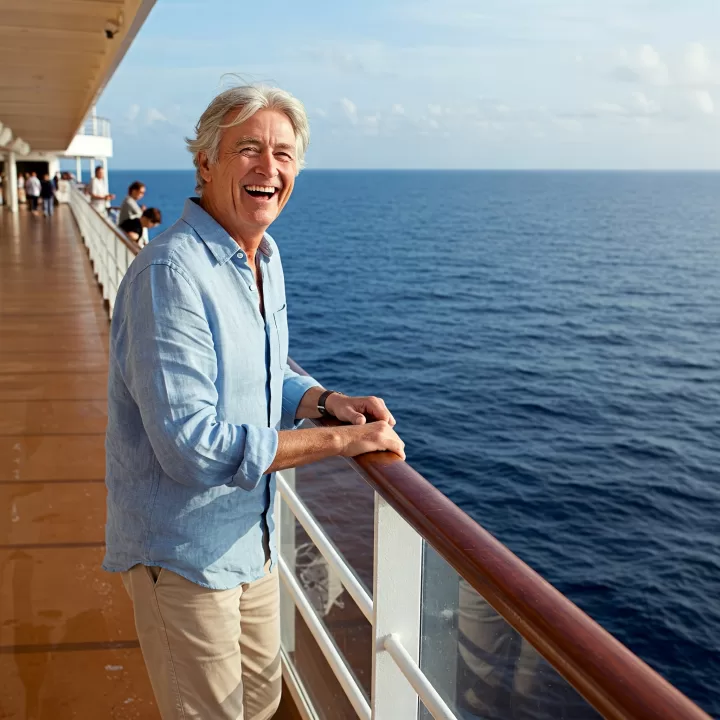We’ll replace this growing story because it unfolds.
On April 3, 2025, main cruise line shares skilled a big downturn following the announcement of recent U.S. tariffs. Carnival, Royal Caribbean, Norwegian Cruise Line, Viking, and Lindblad all noticed their inventory costs plummet, with declines exceeding the broader market’s 4.85% loss as represented by the S&P 500. Norwegian Cruise Line Holdings confronted the steepest drop at 16.36%, whereas Carnival fell by 13.69% and Royal Caribbean by 11.17%. Viking and Lindblad additionally skilled substantial decreases of 8.65% and 10.14%, respectively.

This sharp decline displays investor issues that the newly imposed tariffs will negatively affect client spending, notably within the discretionary leisure journey sector. The concern is that larger prices ensuing from the tariffs, mixed with ongoing inflation worries, will result in diminished demand for cruises. Consequently, this potential lower in demand might considerably have an effect on the income and profitability of those main cruise corporations. Analysts at the moment are targeted on how the cruise trade will reply to those challenges, contemplating potential changes to pricing, service choices, and operational methods. The market can be eager to listen to how the cruise strains plan to mitigate the anticipated financial repercussions.

The state of affairs highlights the rising pressures on the cruise trade and the broader journey and tourism sector. The efficiency of those cruise shares within the coming months will likely be carefully watched, as their responses to those new financial headwinds will likely be essential for his or her long-term market standing. For ongoing info, the U.S. Division of Commerce and the Securities and Change Fee (SEC) are key official sources for understanding the broader financial implications.

Right here’s what it is advisable know
- Date of Inventory Plunge: April 3, 2025.
- Motive for Decline: Announcement of recent U.S. tariffs.
- Cruise Strains Affected: Carnival Company, Royal Caribbean Group, Norwegian Cruise Line Holdings, Viking, and Lindblad Expeditions.
- Magnitude of Inventory Drops:
- Carnival: -13.69% (closed at $17.28)
- Royal Caribbean: -11.17% (closed at $188.33)
- Norwegian Cruise Line: -16.36% (closed at $16.31)
- Viking: -8.65%
- Lindblad: -10.14%
- Broader Market Context: The S&P 500 additionally noticed a big lack of 4.85%, however the cruise line declines have been a lot steeper.
- Key Concern: Potential affect of tariffs on client spending, particularly on leisure journey like cruises.
- Anticipated Results: Diminished demand for cruises as a consequence of larger prices and inflation.
- Areas of Focus for Analysts: How cruise strains will adapt their pricing, providers, and operations.
- Info Sources: U.S. Division of Commerce and Securities and Change Fee (SEC) for broader financial implications.
My Ideas

We’ve been down this street earlier than. Bear in mind gas surcharges? Form of like that however it would possibly harm extra. Like COVID? Most likely not that dangerous. Nonetheless, depend on cruise strains sustaining present excessive ranges of high quality operations. The actual fact is, cruise strains have plans for a complete lot of issues they need to do with new ships, itineraries, islands and onboard programming.
Years in the past I had a thought: we are able to inform the monetary well being on a lot of cruise strains because of notepads left in cruise strains stateroom. Once they disappear, issues usually are not good and traveler-affecting cuts have begun. I hope we don’t see that and we would not. For the reason that main operational roadblocks of the previous, cruise strains are larger however extra nimble, with the flexibility to pivot from one operational mannequin to a different. Will cruises value extra? Who is aware of however we’ll hold you up to date. Examine in with one of many passenger-focused websites that keep proper on high of this:
The cruise trade’s use of gas surcharges, return to 1973 with the apply changing into extra widespread as oil costs surged within the early 2000s.
Right here’s a extra detailed look:
- Nineteen Seventies Oil Crises:The 1973 and 1979 oil crises, triggered by geopolitical occasions and OPEC actions, led to vital will increase in oil costs, impacting all industries, together with cruise strains.
- Early 2000s Gasoline Surcharge Rise:As oil costs continued to climb within the early 2000s, cruise strains started implementing gas surcharges to move on the elevated prices to passengers.
- Gasoline Surcharge Controversies:The implementation of gas surcharges generally led to controversy, particularly once they have been assessed retroactively or when cruise strains confronted stress to drop them as a consequence of falling gas costs.
- Bunker Futures:Some cruise strains have used bunker futures (contracts to purchase gas at a set value sooner or later) to guard themselves from market volatility, lowering the necessity for frequent gas surcharge changes.
- Present State:Whereas gas surcharges are nonetheless an element within the cruise trade, using bunker futures and different cost-saving measures have helped to mitigate the affect of gas value fluctuations.
